Lead Magnets – What MSPs Need to Know
Last Updated: December 31, 2024

Introduction
What if we told you that only 20% of potential leads are ready to call or fill out a form today? The remaining 80% represent long-term opportunities that most MSPs are missing out on. This means a large portion of your website visitors could be slipping through the cracks if you’re not leveraging lead magnets.
Lead magnets are essential tools for capturing these untapped leads and nurturing them over time. In this post, we’ll explore how lead magnets help MSPs build a pipeline of future opportunities, what makes a good lead magnet, how to use them to capture email addresses, and why creating multiple offers is critical for success. By the end, you’ll have a clear roadmap to grow your email list and convert prospects into loyal customers.
What is a Lead Magnet?
A lead magnet is a free resource or offer that provides value to your audience in exchange for their contact information, typically an email address. For MSPs, lead magnets are especially effective at engaging leads who may not be ready to contact you directly but are still interested in your expertise.
By offering valuable, relevant resources, lead magnets position your MSP as a trusted partner and help you build a list of prospects you can nurture over time.
Why Lead Magnets Are Essential for MSPs
Capturing Beyond Direct Conversions
Most MSP websites rely on calls or form submissions to convert leads, but these methods only capture about 20% of your potential audience. Lead magnets are crucial for engaging the other 80%—people who may not be ready to buy today but represent future opportunities.
Long-Term Opportunities in a Contract-Driven Market
MSP contracts typically last for three years or more, meaning many prospects are locked into existing relationships. However, these same prospects will eventually be in the market for a new provider. By using lead magnets to collect their contact information now, you can nurture these leads and stay top of mind for when they’re ready to make a change.
Building a Nurture Strategy
Lead magnets aren’t just about capturing contact information; they’re the first step in building trust. Through regular, thoughtful follow-ups, you can engage prospects with valuable insights, keeping your MSP relevant until they’re ready to switch providers.
What Makes a Good Lead Magnet?
Not all lead magnets are created equal. To stand out, your lead magnet should meet the following criteria:
Provide Real Value
Your lead magnet should solve a problem or address a key pain point for your target audience. For MSPs, examples include:
- A cybersecurity preparedness checklist tailored to small businesses.
- A workbook for IT budgeting to help companies plan their expenses.
- A “15 Questions to Ask Your IT Company” a list that empowers prospects to evaluate their current or prospective providers effectively.
Offer Rarity and Exclusivity
Generic guides or PDFs that resemble blog posts aren’t effective lead magnets. They fail to convey rarity and often attract junk emails. A good lead magnet feels exclusive, actionable, and worth the trade of an email address.
Help Prospects Take Action
Effective lead magnets empower users to take meaningful steps on their own. Examples include:
- Templates or workbooks they can fill out.
- Checklists and actionable guides, like “15 Questions to Ask Your IT Company.”
- Automated audits, such as a dark web scan.
What Doesn’t Make a Good Lead Magnet
Some content types fail to deliver value or attract the right leads. Avoid these pitfalls:
Generic Content
Guides, whitepapers, and case studies that resemble blog posts hidden behind a form are not effective. If your lead magnet doesn’t provide more value than what’s readily available via a Google search, it won’t resonate with prospects.
Minimal Utility
Lead magnets that lack actionable insights or clear takeaways aren’t compelling enough for users to share their contact information.
Low Perceived Value
Content that doesn’t feel rare or differentiated won’t generate interest. If your lead magnet doesn’t stand out, you risk attracting freebie seekers rather than serious prospects. A focused lead magnet ensures the email addresses you collect come from genuinely interested prospects—not freebie seekers using fake addresses like “IPFreely@gmail.com.”
How to Use Lead Magnets to Capture Email Addresses
Pair Lead Magnets with SEO-Optimized Blog Content
Blog content is a natural traffic driver for your website, and embedding lead magnets within these posts can help you convert readers into leads. If you’ve got high performing blog content on your MSP blog, then this is the low hanging fruit that can help fill your contact database.
- Use embedded offers directly in your blog posts to create a seamless experience. These work especially well on mobile devices.
- Alternatives include slide-ins or exit-intent popups, but embedded offers tend to be less distracting and more effective for capturing quality leads.
Use Squeeze Pages with Retargeting Campaigns
A squeeze page is a simple, focused landing page designed to promote a specific lead magnet.
- Drive traffic to these pages through retargeting campaigns on social media platforms like LinkedIn or Facebook.
- Highlight the lead magnet’s value with strong, action-oriented CTAs like “Download the 15 Questions to Ask Your IT Company Guide.”
Optimize for Mobile
Ensure that your lead capture forms and offers are mobile-friendly, as a significant portion of your audience will be browsing on their phones.
Free Lead Magnet For MSPs
Download our free “Cybersecurity Checklist For Small Businesses” a free lead magnet MSPs can use to capture email addresses from interested prospects. Click the image below to download.

The Importance of Creating Multiple Offers
One Lead Magnet Isn’t Enough
Buyers have different needs depending on where they are in their journey. Relying on a single lead magnet limits your ability to engage diverse audiences. For example:
- Awareness Stage: “Cybersecurity Checklist for SMBs.”
- Consideration Stage: “15 Questions to Ask Your IT Company.”
Experimentation Drives Results
To find the most effective lead magnets, you need to experiment with different formats and topics. Testing a variety of offers will help you determine what resonates most with your audience and generates the highest conversion rates.
Stay Relevant in a Fast-Changing Market
The IT industry evolves quickly, and so do the needs of your prospects. Regularly update your lead magnets and create new ones to address emerging challenges.
Consolidate Offers for Maximum Impact
Consider creating an offers page on your website where prospects can browse and download lead magnets relevant to their needs. This positions your MSP as a trusted resource and makes it easy for users to engage with your content.
Conclusion
Lead magnets are a powerful way to grow your email list, nurture long-term leads, and build a healthy pipeline of future clients.
By offering high-value resources, capturing email addresses through strategic placements, and creating multiple offers tailored to different buyer stages, you can effectively reach the 80% of prospects who aren’t ready to buy today.
Ready to supercharge your MSP’s lead generation efforts? Contact us today to create high-converting lead magnets and a nurturing strategy that keeps your pipeline full.


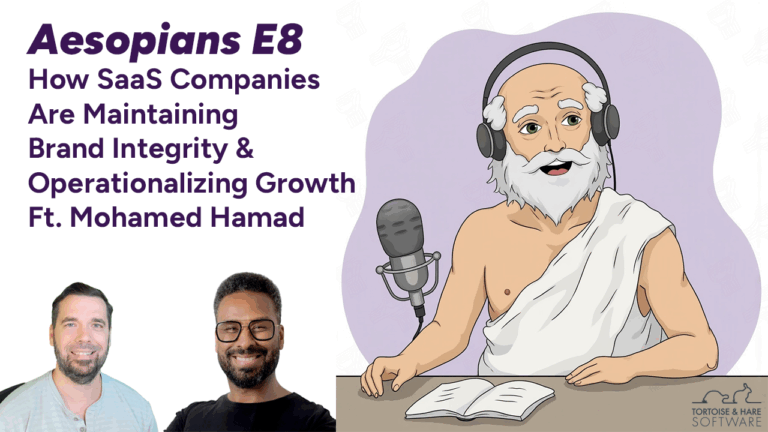
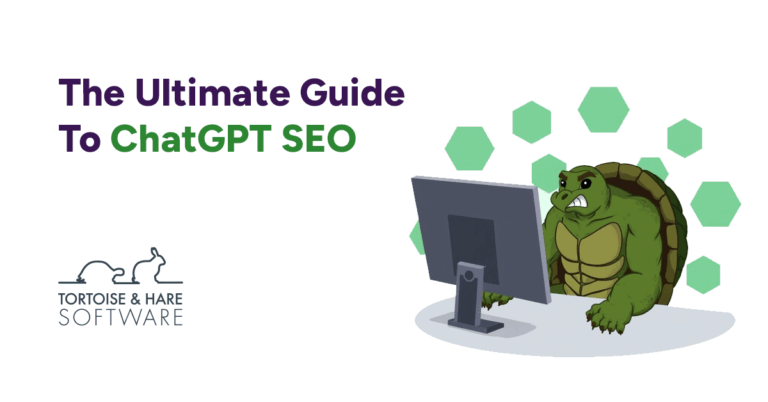
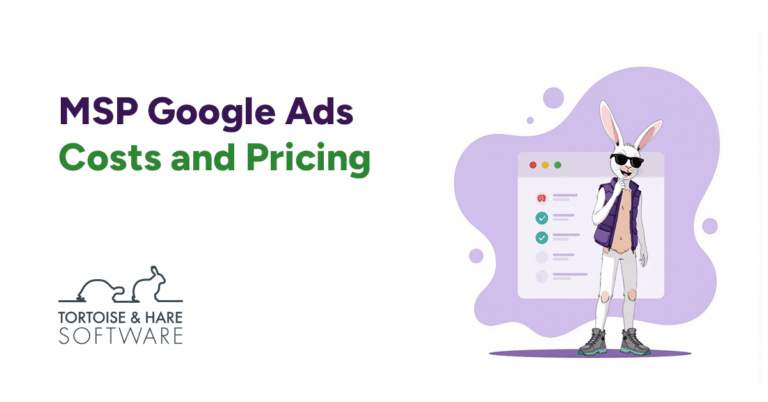
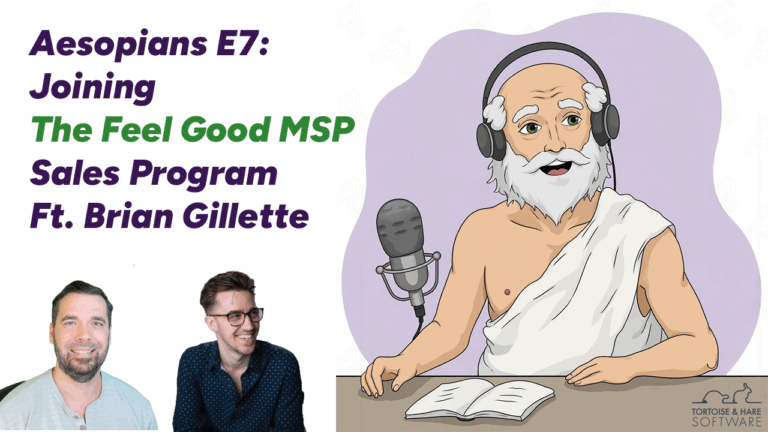
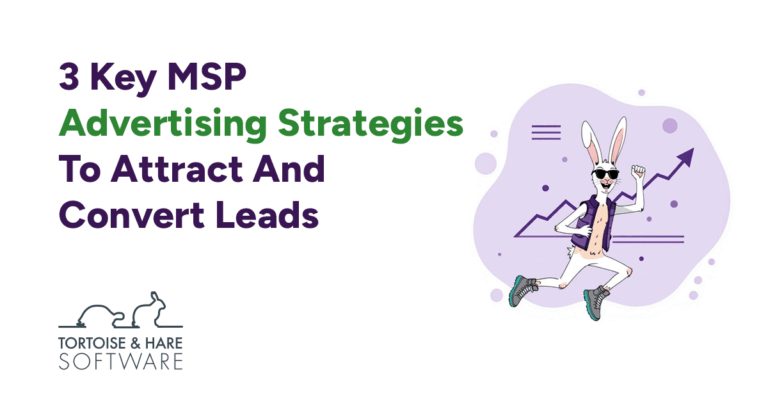
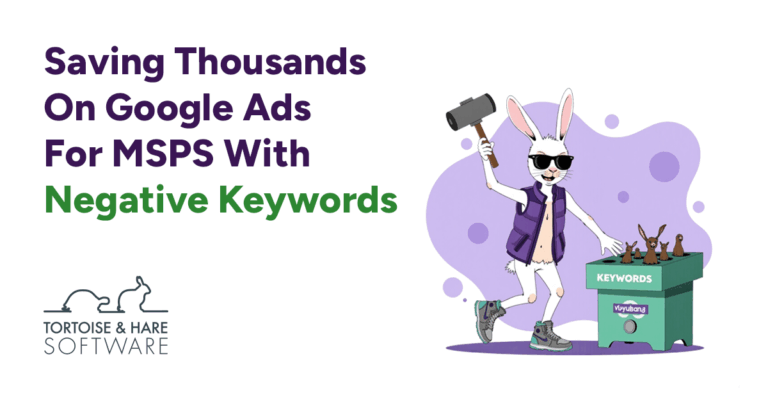
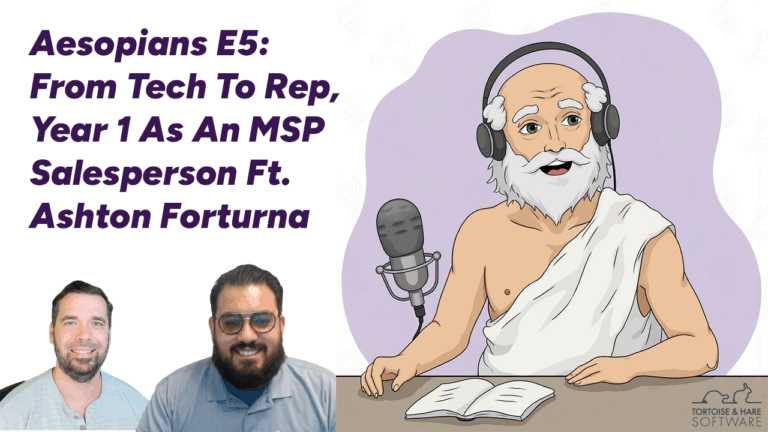
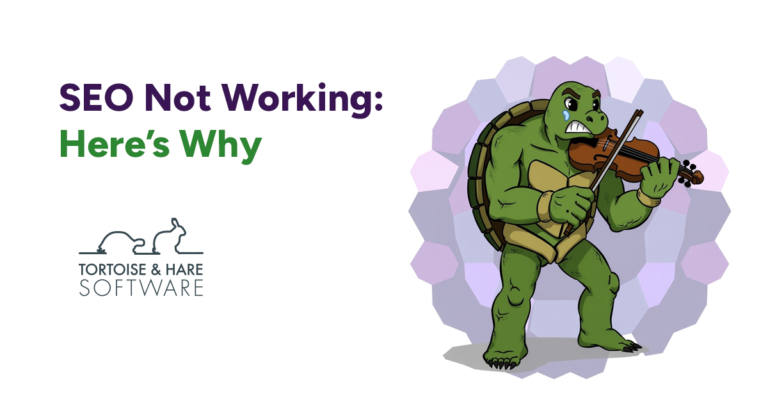
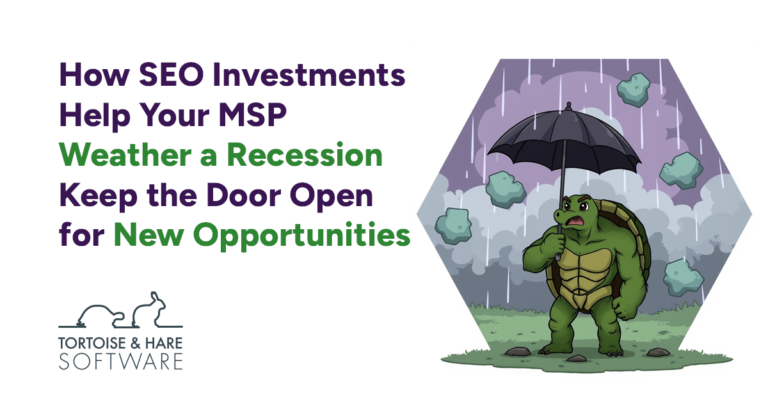
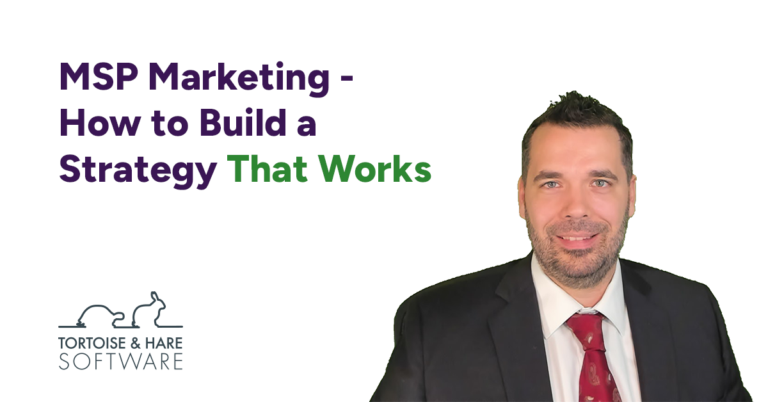
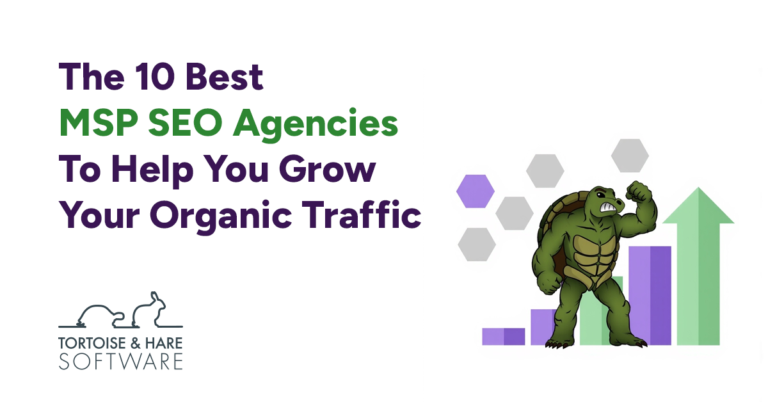
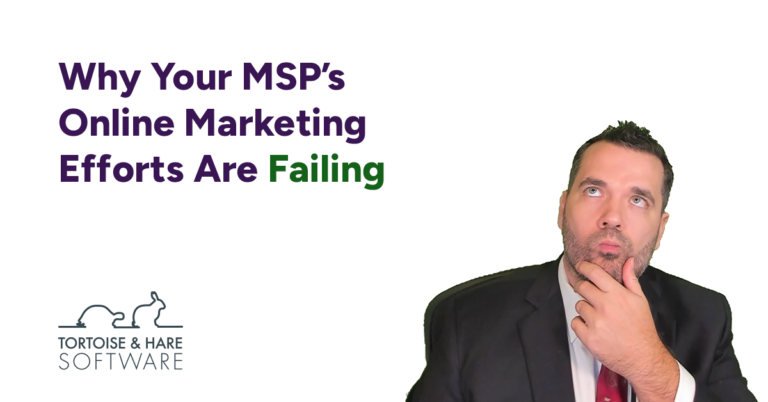
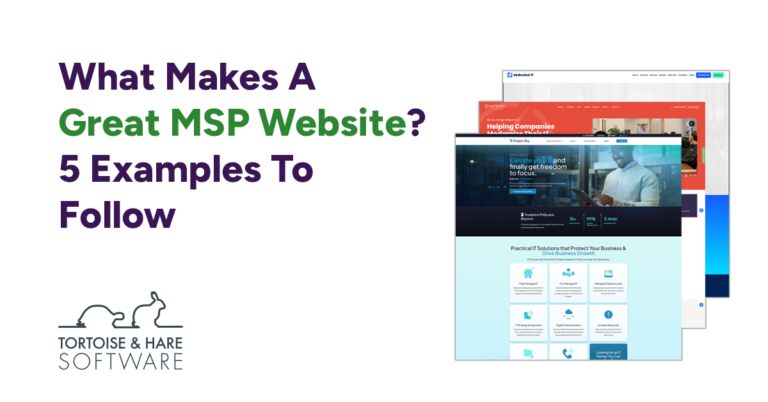
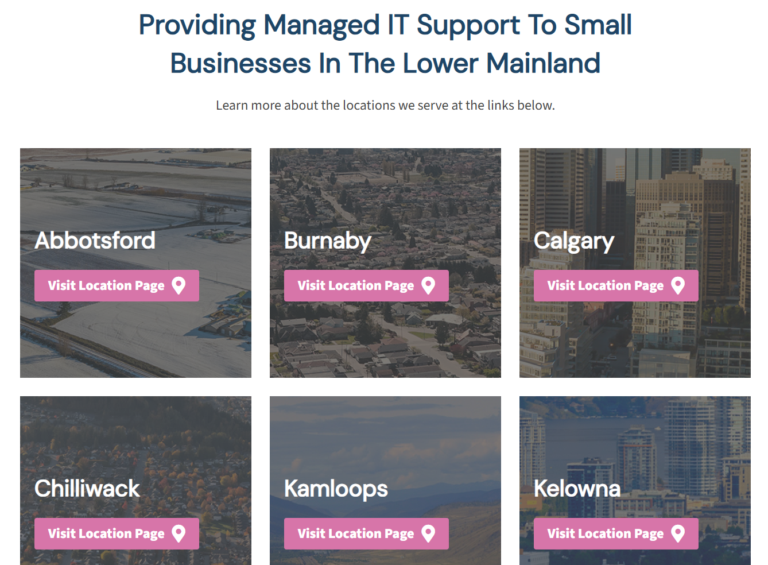
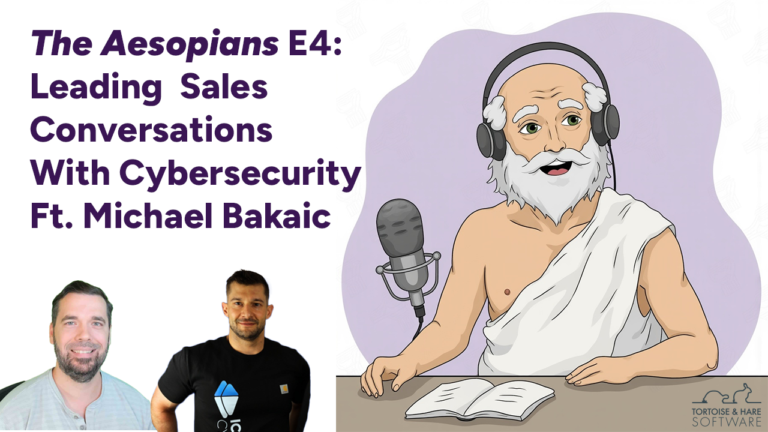








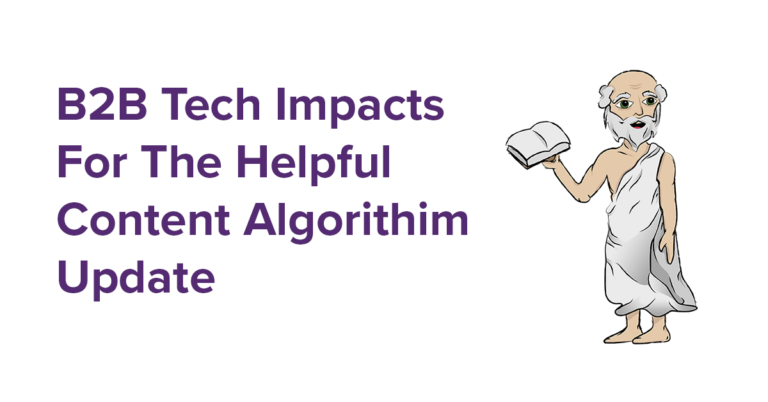

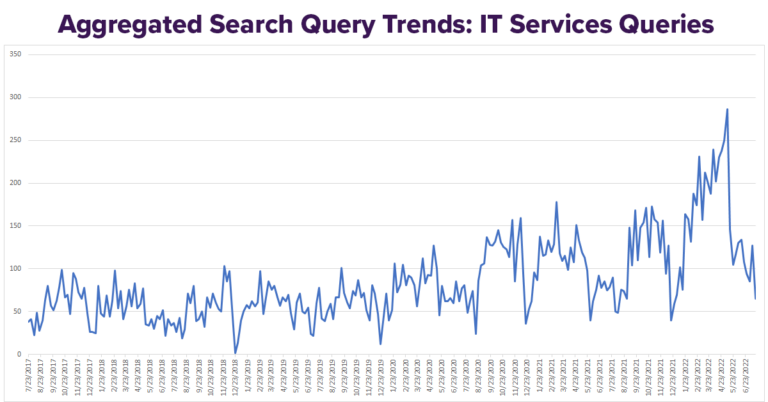



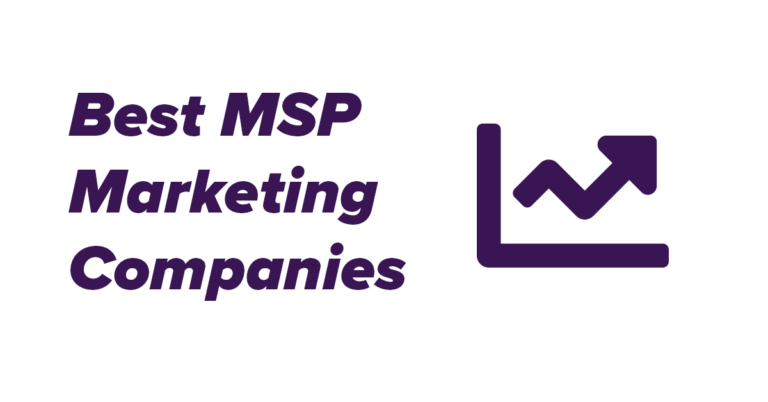
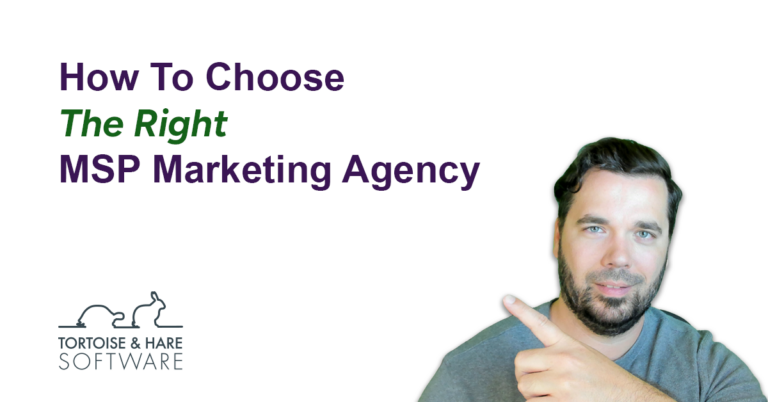


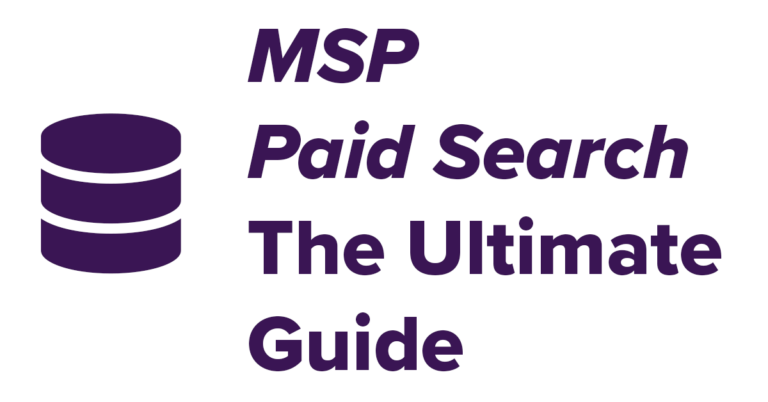
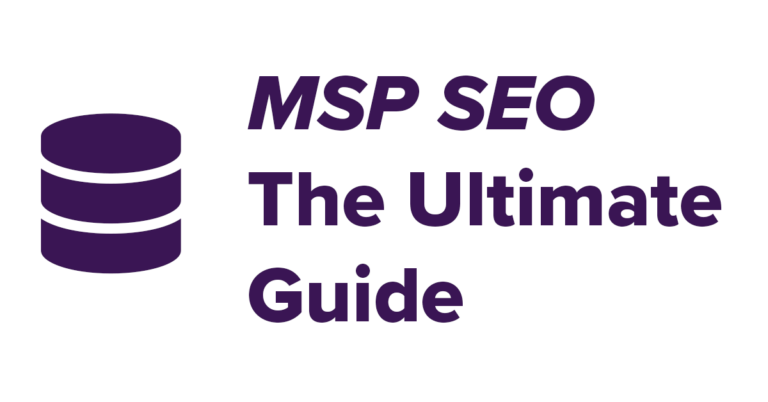


Leave a Comment